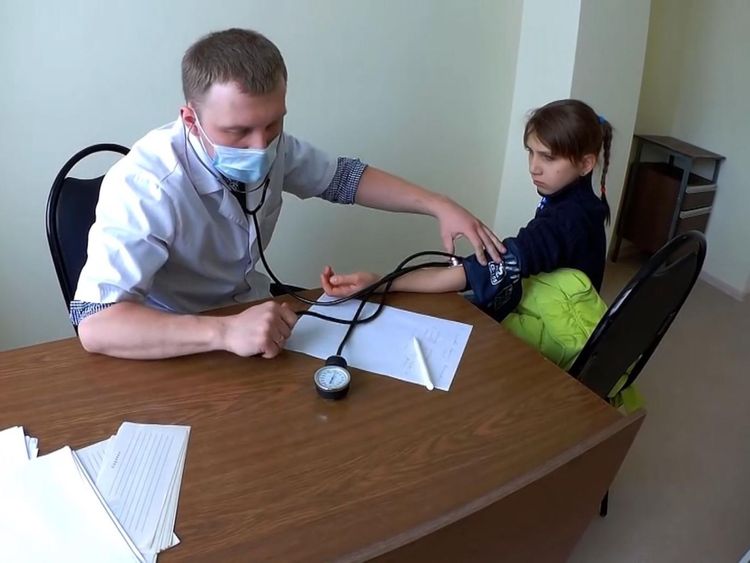No one likes a landfill in their backyard, especially not when it makes their children sick.
That’s what happened in the town of Volokolamsk, three days after Russia’s general election.
As the world’s diplomats worried about a poisoning in Salisbury, the residents of Volokolamsk worried about a mass poisoning of their sons and daughters.
More than 60 children were treated at a local clinic for headaches, nausea and breathing difficulties.
Locals blamed a particularly toxic emission from the nearby Yadrovo dump, one of 15 across the Moscow region filled well beyond capacity with waste from the capital.
At the end of March, district officials declared a state of emergency because of excessive levels of hydrogen sulphide in the air.
Two months later and the people of Volokolamsk are still protesting – back in their central square as Alexei Navalny rallied his supporters for a day of anti-Putin protests across Russia.
Never mind wider freedoms, all they want is to be able to wake up in the morning without worrying which way the wind blows or whether their child should take a gas mask to school.
It’s not just Volokolamsk. There are ongoing protests in nine other towns across the Moscow region, burdened with the detritus their consumerist cousins in the capital throw away.
In Volokolamsk, residents have managed to reduce the number of garbage deliveries to 80 a day, with volunteers taking it in turns to monitor them.
In Kolomna on the other side of Moscow, locals work in shifts through the night to check they don’t get more than their fair share. Sometimes it ends in clashes with lorry drivers or police.
Protests there have been banned so the best Kolomna residents can do now is single-man pickets.
It doesn’t have to be this way. Moscow produces eight million tons of waste a year, one fifth of all the garbage in Russia – with 90% of that dumped in landfills.
The ministry of ecology admits that of the 15 landfills across the Moscow region, 13 do not meet the required standards.
Last year, Vladimir Putin ordered the Kuchino landfill to close after residents there begged him to during his annual direct phone in. But that’s just aggravated the problem – Moscow’s garbage has to go somewhere.
It is food waste which causes the buildup of gases. Look at the Yadrovo dump and you can see the heat it generates, shimmering above the litter.
Sergei Orlov, who volunteers at the Yadrovo gates, says you can tell when there’s a particularly strong emission because there’ll be a puff of black smoke rising from the dump. Three to five minutes later, the smell hits you.
According to Alexei Kiselev, head of the Greenpeace Russia toxic program, Moscow has the biogas facilities to process food waste as well as 432 recycling plants which could handle the rest.
He thinks Moscow could easily sort its trash and recycle if there was the political will to do so. But there isn’t.
It is far cheaper to dump or burn waste than it is to separate and recycle it. Existing contracts with garbage suppliers are structured with that in mind and there’s no desire from the powers that be it seems to change that.
Last November, the Kremlin said it was taking the matter in hand. Instructions had been dealt to the regions to set up better waste management schemes and to motivate the population to separate their garbage.
But there are precious few facilities even in the capital that would encourage people to do that and so far the situation’s only worsened around Moscow’s dumps.
Until the government’s environmental policy becomes anything more than reactive, that’s what this will remain – a toxic problem right on Moscow’s doorstep.
From – SkyNews







